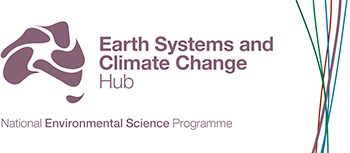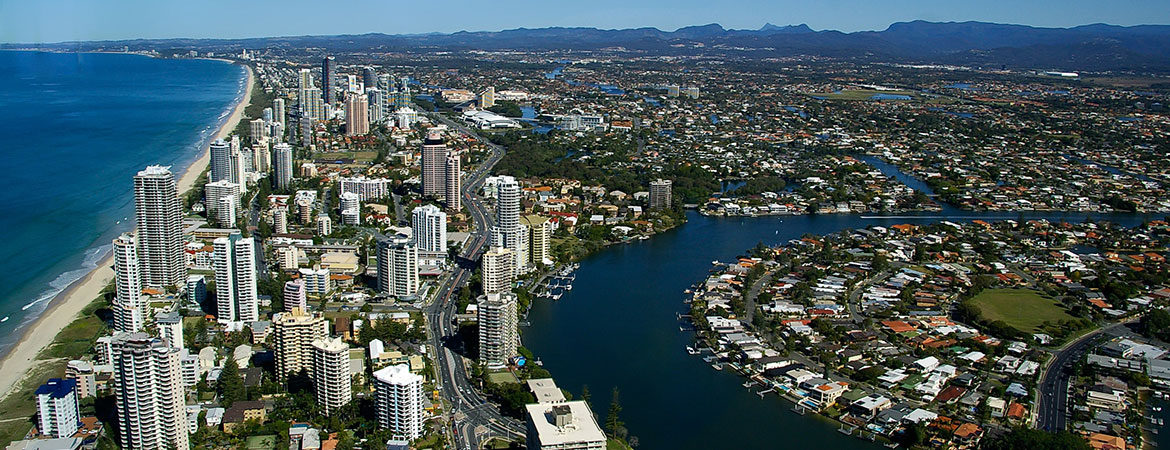30 August 2016
By 2090, sea-levels around Australia are expected to rise between 45 and 82 cm*, depending on greenhouse gas emissions, how quickly land-based ice sheets melt, and regional differences. With millions of people and billions of dollars’ worth of infrastructure in Australia’s coastal regions, rising sea levels pose a significant threat to coastal communities.
Coastal councils are on the frontline of responding to this change, as they ensure that planning and services will accommodate impacts and disruptions that rising sea levels will bring. To carry out this task effectively, council planners and managers need to know how sea-level rise will affect their particular council area.
This detailed information is now available, thanks to research carried out through a project that was jointly funded by the ESCC Hub and the National Climate Change Adaptation Research Facility (NCCARF).
Building on projections that were developed for Climate Change in Australia, our researchers have prepared comprehensive sea-level projections for all Australian coastal councils, including all mainland and Tasmanian councils and the Torres Strait Islands.
Projections have been calculated for 10-year intervals from 2020 to 2100, under four greenhouse gas emissions scenarios. Researchers have also developed corresponding allowances – the height that coastal defences need to be raised in order to provide the same level of protection as they do today.
The projections and allowances are available through CoastAdapt, a new online resource being the developed by NCCARF with funding from the Australian Government. Together with inundation mapping prepared by the CRC for Spatial Information, the sea-level information on CoastAdapt provides local government with a valuable tool in their climate adaptation toolkit.
CoastAdapt is currently in beta release. The final version will be released early in 2017.
More detail about this work is available in the report prepared for NCCARF: Sea-Level Rise and Allowances for Coastal Councils around Australia – Guidance Material.
*This projected sea-level rise is for a high emissions scenario (RCP 8.5) for 2090 – see Chapter 8 of the Climate Change in Australia technical report, available here.

